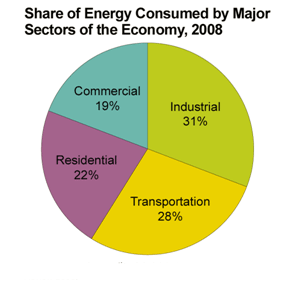From a manufacturing economics standpoint, there is often a trade off in the decision to add a DC bus choke or not based on its ability to reduce the DC bus ripple. This is because it can reduce the DC bus capacitance necessary to present a clean DC source to the transistors. For some AC drive manufacturers who have the internal capability to wind their own component chokes, this often represents a component cost benefit compared to buying capacitors from outside vendors and being more subject to market volatility. On the other hand if the AC drive manufacturer IS also a manufacturer of capacitors, it works exactly the other way around.
Always the top brands will be the most popular and over many years it is my opinion that this is because of their marketing strategy, history, reputation and worldwide acceptance more than any other reasons. This does not mean they are better or worse in any way, just means they are more accepted world wide and more people are experienced with their software. Thus there is some security for the owner in respect to programmer support or future resources etc (people come, people go) and a basis on which management may dictate what hardware is used. There is also the consideration on the capital outlay for programming software which can be very expensive.
Quality frequency inverters incorporate either an AC Reactor or DC Reactor (choke). Their inclusion in the basic design of the frequency inverter allows the design engineer to maximize the advantages of the choke. Their function is to reduce the current distortion caused by the input stage rectifiers by slowing the rate of change of current, and thus charging the internal capacitor at a slower rate over a longer time.
 Gozuk Blog: all about electric motor control & drives industries development in energy saving applications.
Gozuk Blog: all about electric motor control & drives industries development in energy saving applications.Featured
Like pumps, fans consume significant electrical energy while serving several applications. In many plants, the VFDs (variable ...
 A frequency inverter controls AC motor speed. The frequency inverter converts the fixed supply frequency (60 Hz) to a ...
Motor starter (also known as soft starter, motor soft starter) is a electronic device integrates soft start, soft stop, ...
Soft starter allows the output voltage decreases gradually to achieve soft stop, in order to protect the equipment. Such as the ...
Soft Starter reduces electric motor starting current to 2-4 times during motor start up, reduces the impact to power grid during ...
A frequency inverter controls AC motor speed. The frequency inverter converts the fixed supply frequency (60 Hz) to a ...
Motor starter (also known as soft starter, motor soft starter) is a electronic device integrates soft start, soft stop, ...
Soft starter allows the output voltage decreases gradually to achieve soft stop, in order to protect the equipment. Such as the ...
Soft Starter reduces electric motor starting current to 2-4 times during motor start up, reduces the impact to power grid during ...
 A frequency inverter controls AC motor speed. The frequency inverter converts the fixed supply frequency (60 Hz) to a ...
Motor starter (also known as soft starter, motor soft starter) is a electronic device integrates soft start, soft stop, ...
Soft starter allows the output voltage decreases gradually to achieve soft stop, in order to protect the equipment. Such as the ...
Soft Starter reduces electric motor starting current to 2-4 times during motor start up, reduces the impact to power grid during ...
A frequency inverter controls AC motor speed. The frequency inverter converts the fixed supply frequency (60 Hz) to a ...
Motor starter (also known as soft starter, motor soft starter) is a electronic device integrates soft start, soft stop, ...
Soft starter allows the output voltage decreases gradually to achieve soft stop, in order to protect the equipment. Such as the ...
Soft Starter reduces electric motor starting current to 2-4 times during motor start up, reduces the impact to power grid during ...
In Discussion
Calculate makeup water requirement for 225MW GT CC power plant
Solar professionals
the allowed values of Tan Delta
Cable for battery termination in UPS
Connect three phase pressure control switch on three phase motor
What would cause VFD to fault on overcurrent while the motor is Stopping
Phase shifted full bridge converter dead time
washing machine motor not rototating
Solar professionals
the allowed values of Tan Delta
Cable for battery termination in UPS
Connect three phase pressure control switch on three phase motor
What would cause VFD to fault on overcurrent while the motor is Stopping
Phase shifted full bridge converter dead time
washing machine motor not rototating




